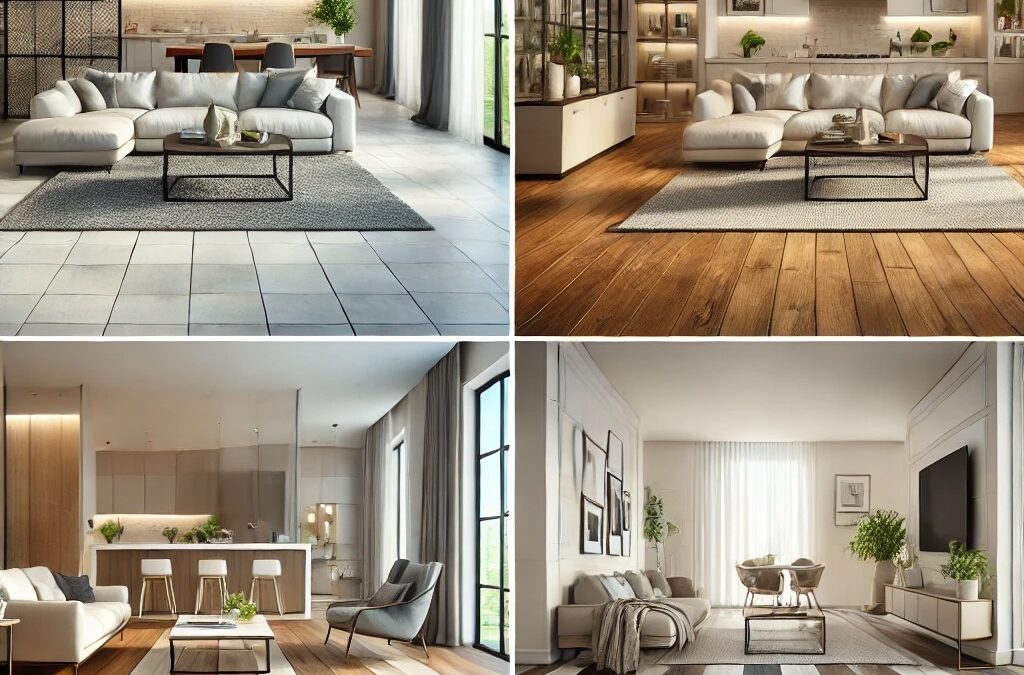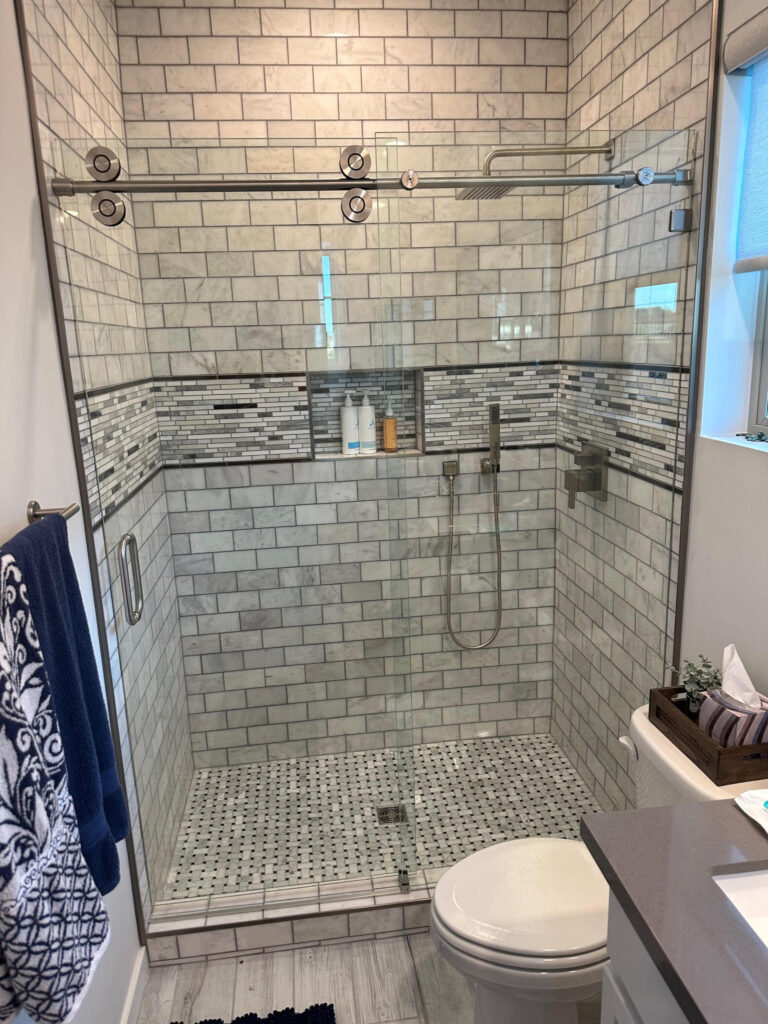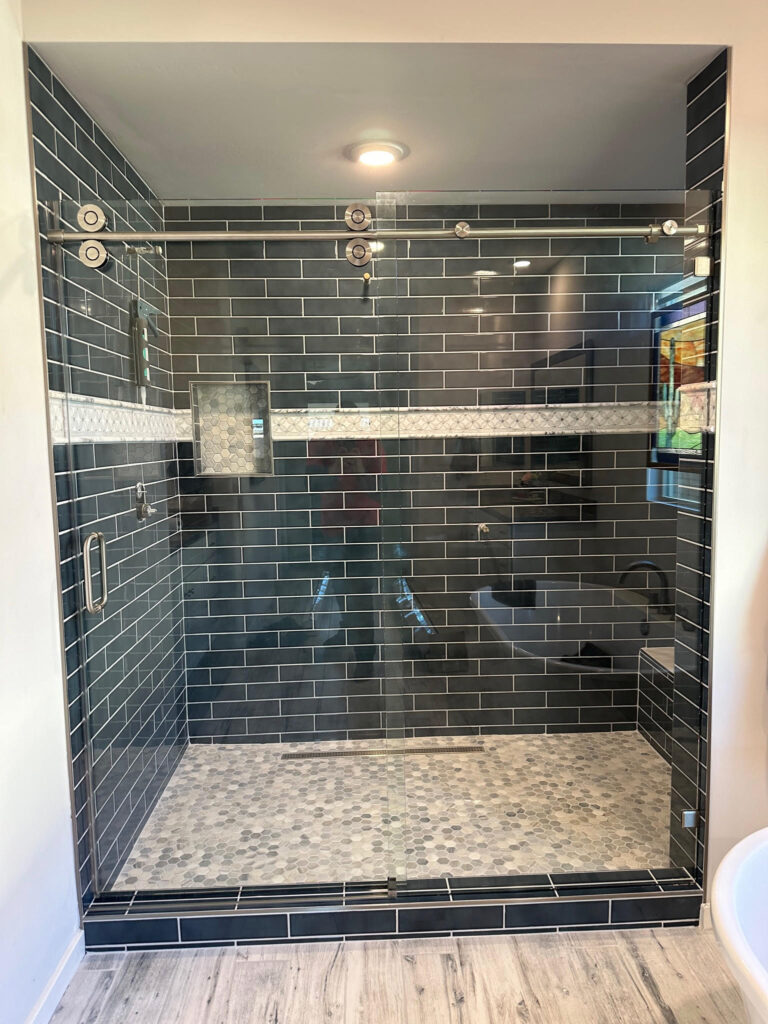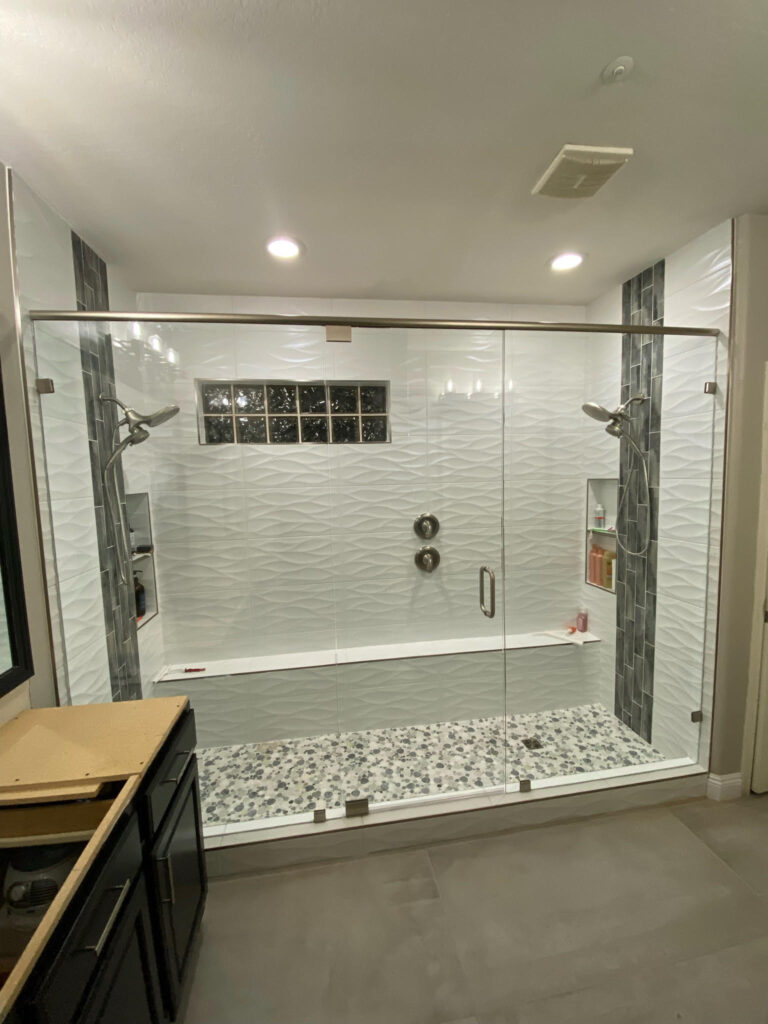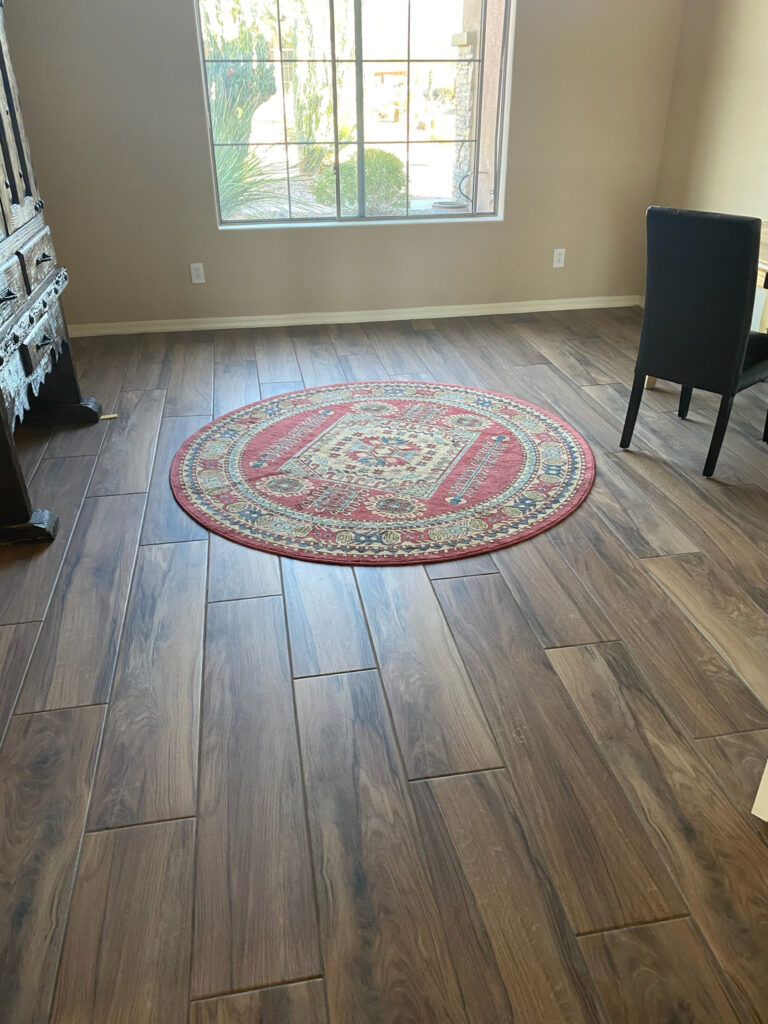Choosing the right flooring for your home is a crucial decision that affects aesthetics, comfort, and maintenance. With a wide range of options available, it’s important to weigh the pros and cons of each material before making a final decision. In this guide, we’ll compare tile, hardwood, laminate, and vinyl flooring to help you find the perfect fit for your space.
1. Tile Flooring
Pros:
- Durability: Resistant to scratches, dents, and water damage, making it ideal for bathrooms and kitchens.
- Low Maintenance: Easy to clean and doesn’t absorb stains or odors.
- Variety of Styles: Available in different colors, patterns, and textures, including ceramic, porcelain, and natural stone.
- Hypoallergenic: Doesn’t trap dust, pet dander, or allergens.
Cons:
- Cold and Hard: Can feel uncomfortable underfoot, especially in colder climates.
- Slippery When Wet: Some tiles can become hazardous when wet unless treated with an anti-slip finish.
- Expensive Installation: Professional installation can be costly due to labor-intensive processes.
- Grout Maintenance: Grout lines can accumulate dirt and may require regular sealing.
Best for: Kitchens, bathrooms, laundry rooms, and high-moisture areas.
2. Hardwood Flooring
Pros:
- Classic and Elegant Look: Adds warmth and natural beauty to any home.
- Long Lifespan: Can last for decades with proper care and can be refinished multiple times.
- Increases Home Value: Highly desirable among home buyers, making it a great investment.
- Comfortable Underfoot: Provides a softer and warmer surface compared to tile.
Cons:
- Expensive: One of the priciest flooring options in terms of materials and installation.
- Prone to Scratches and Dents: Can be damaged by heavy furniture, pet claws, and high heels.
- Sensitive to Moisture: Not suitable for areas prone to spills or high humidity, such as bathrooms.
- Requires Regular Maintenance: Needs refinishing, polishing, and occasional deep cleaning.
Best for: Living rooms, bedrooms, dining rooms, and areas with low moisture exposure.
3. Laminate Flooring
Pros:
- Affordable Alternative to Hardwood: Provides the look of wood at a fraction of the cost.
- Easy to Install: Most laminate flooring features a click-and-lock system, making it a great DIY option.
- Resistant to Scratches and Stains: Durable and easy to clean, making it ideal for homes with pets and kids.
- Variety of Styles: Available in designs that mimic wood, stone, and tile.
Cons:
- Can’t Be Refinished: Unlike hardwood, once laminate gets damaged, it must be replaced.
- Not Waterproof: Though some options have water-resistant coatings, excessive moisture can cause warping.
- Less Authentic Feel: Doesn’t have the natural warmth and texture of real wood.
- Shorter Lifespan: Typically lasts 10-20 years before needing replacement.
Best for: Living rooms, bedrooms, and areas with moderate foot traffic.
4. Vinyl Flooring
Pros:
- Waterproof: One of the best choices for moisture-prone areas like bathrooms and kitchens.
- Budget-Friendly: More affordable than hardwood and tile while still offering a stylish appearance.
- Comfortable and Quiet: Softer underfoot than tile and hardwood, and reduces noise.
- Easy to Maintain: Requires minimal cleaning and resists stains and scratches.
Cons:
- Can Look Artificial: Lower-quality vinyl may lack the realistic look of wood or stone.
- Not as Durable as Hardwood or Tile: Can wear down over time, especially in high-traffic areas.
- Difficult to Repair: If damaged, individual sections may be challenging to replace.
- Environmental Concerns: Some types contain PVC, which raises sustainability concerns.
Best for: Kitchens, bathrooms, basements, and high-traffic areas.
Final Verdict: Choosing the Right Flooring for Your Space
Each flooring material has its strengths and weaknesses, so the best choice depends on your lifestyle, budget, and the room’s function.
- For moisture-prone areas: Tile or vinyl flooring are the best choices.
- For a high-end and long-lasting look: Hardwood is worth the investment.
- For a budget-friendly and stylish option: Laminate and vinyl provide great alternatives.
- For easy maintenance and durability: Tile and vinyl offer hassle-free upkeep.
By carefully considering these factors, you can select the ideal flooring that enhances your home’s beauty and functionality. If you need expert advice or professional installation, feel free to contact us for a consultation!





